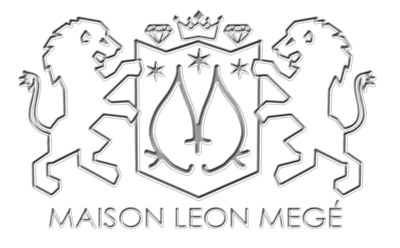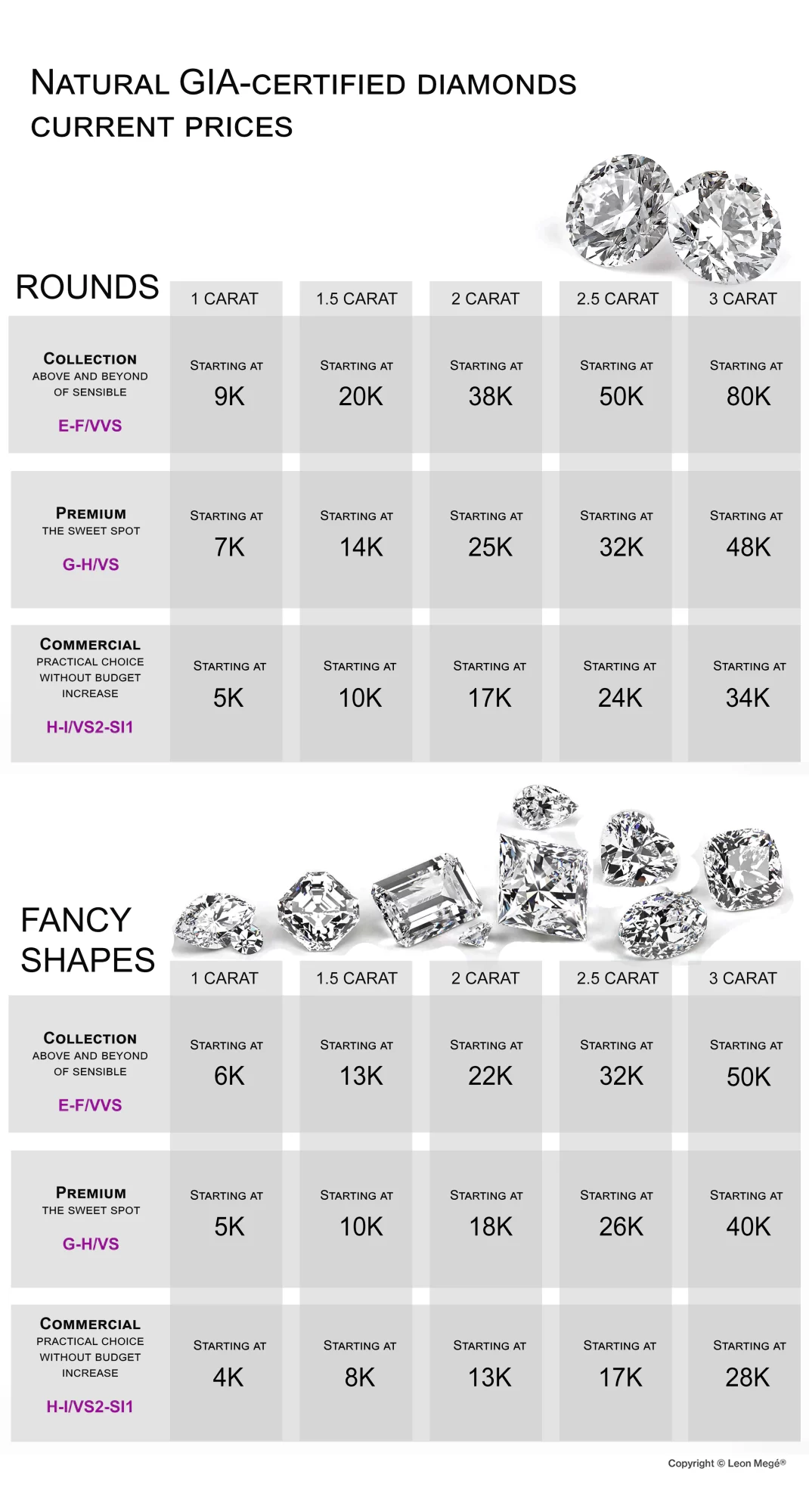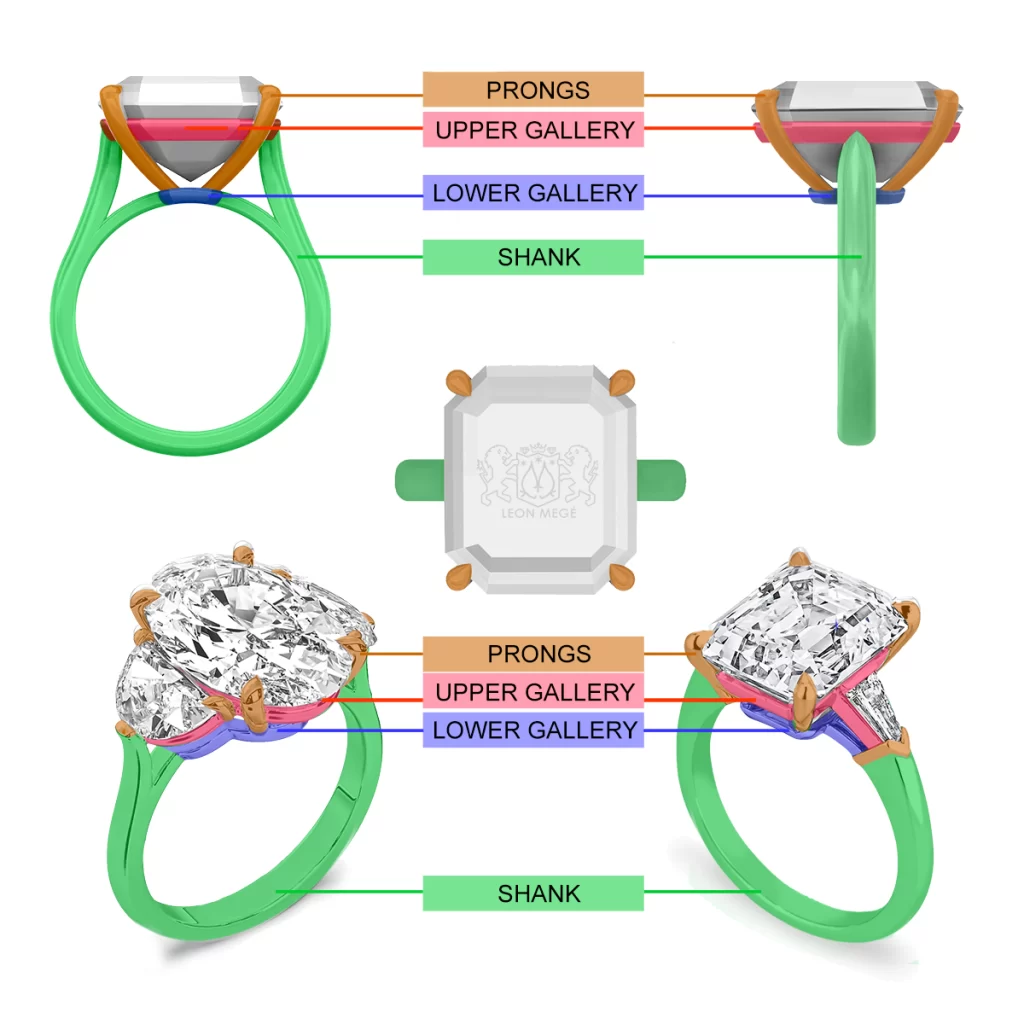
Knowing the ring parts is the key to understanding a design. Unfortunately, most jewelry terms are inconsistent, which makes it difficult to discuss the design. The brief glossary courtesy of Leon Mege Center for Advanced Jewelry Studies will help to communicate with us.
Shank
Most rings have two main parts: the head and the shank. The ring’s head plays a critical role in overall design, as it usually houses the center stone. The shank is the part that securely fastens the head of the ring to the finger. In certain ring types, such as a signet ring, for example, there is no clear separation between the head and the shank. It is impossible to tell where one starts or ends.
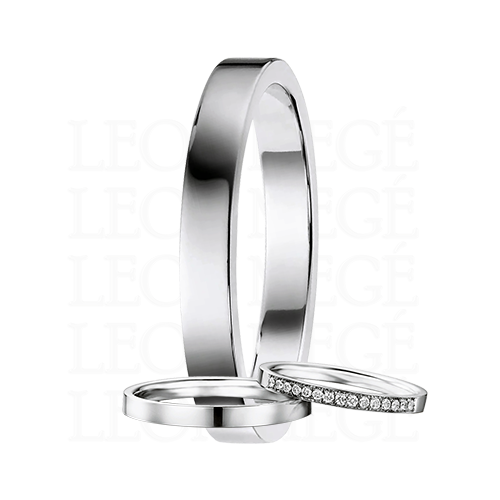
Band
A band is a metal strip of uniform width, height, and profile folded into a circle that can be set with diamonds, gemstones, or left plain. A band with a decorative attachment designed to be the focal point becomes a ring. A band that is a part of a ring is called a shank. Without a head, the band is an independent piece of jewelry, a wedding band being the best example.
Head, Basket, or a Mount
The head is the s ring’s focal point that holds a center stone or an arrangement of several stones. It can be a single setting, as in a Tiffany-style solitaire, or an elaborate assembly of many parts, such as prongs, stems, halos, galleries, baskets, and bezels.
Using terms like "Donut" or "Bagel" instead of "gallery" is unprofessional
Upper Gallery, Box, or Upper bezel
The basket structure supporting stones have different tiers, usually two. The upper gallery is the top tier of the basket, designed to provide a comfortable nesting area for the stones. In addition to serving as a stone “seat,” the upper gallery prevents prongs from moving laterally and ensures all stones remain in their respective positions permanently.
Lower Gallery, or a Bridge
The lower gallery is the foundation of the ring’s head. It is the base where prongs and stems converge. Its shape is usually a slice of the inverted cone or a pyramid with a base ring’s head outline. In solitaires, the gallery usually shadows the shape of the stone. The gallery size is determined by the prongs’ angle and the distance between the girdle and the finger.
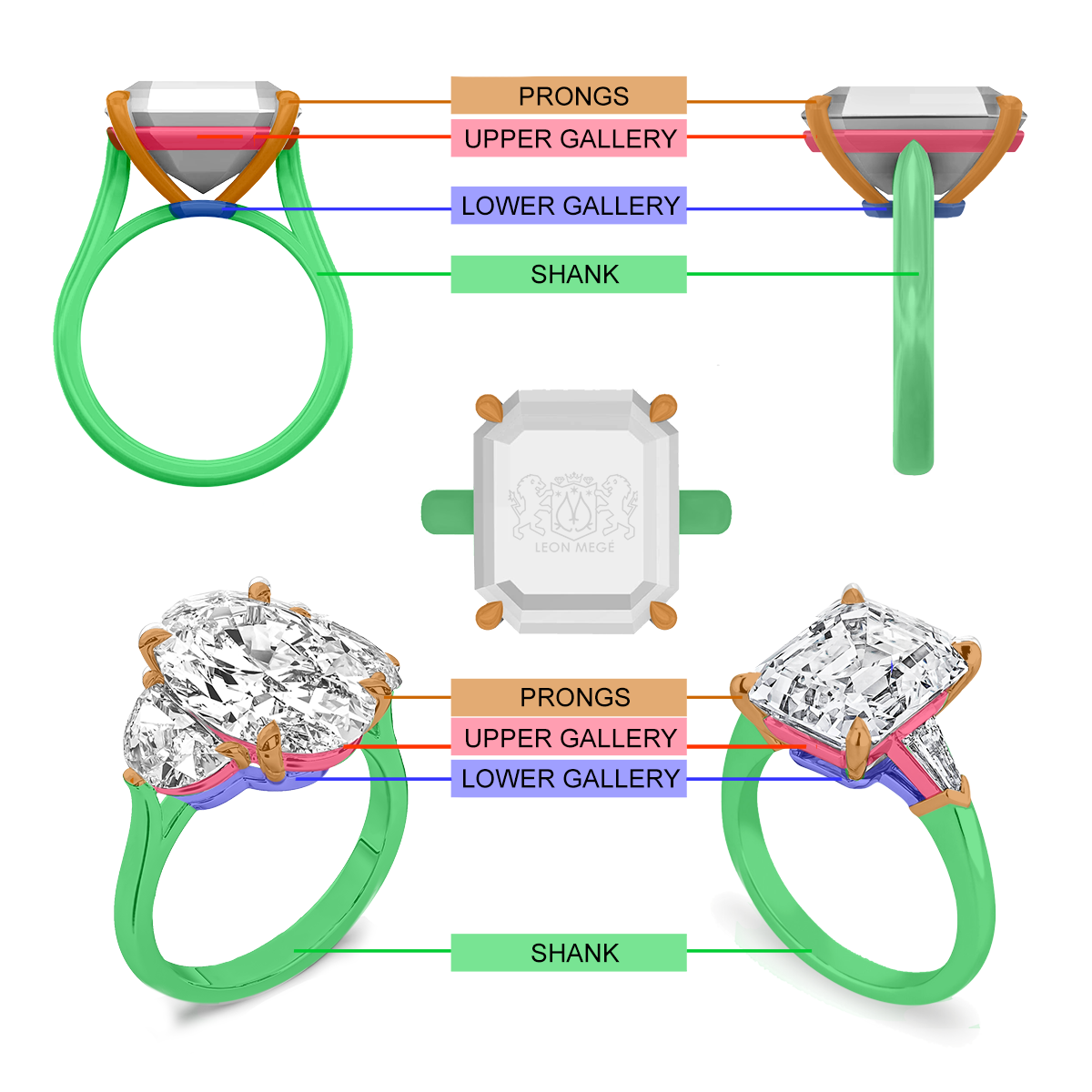
Halo
A halo is made of diamonds or gemstones surrounding the center stone. A halo blends in with the center stone, creating a bigger look or framing the view, bringing the center stone into focus. A hidden halo is not a halo but an upper gallery set with diamonds. A hidden halo does not exist; it is a myth, much like the Yeti or his North American cousin, the Sasquatch.
Stems
Stems are pillars supporting a halo. In their most basic form, stems are made of round wire but can have any profile. Unlike building columns, stems are usually curved in or out and often tapered. Stems are often set with diamond pave.
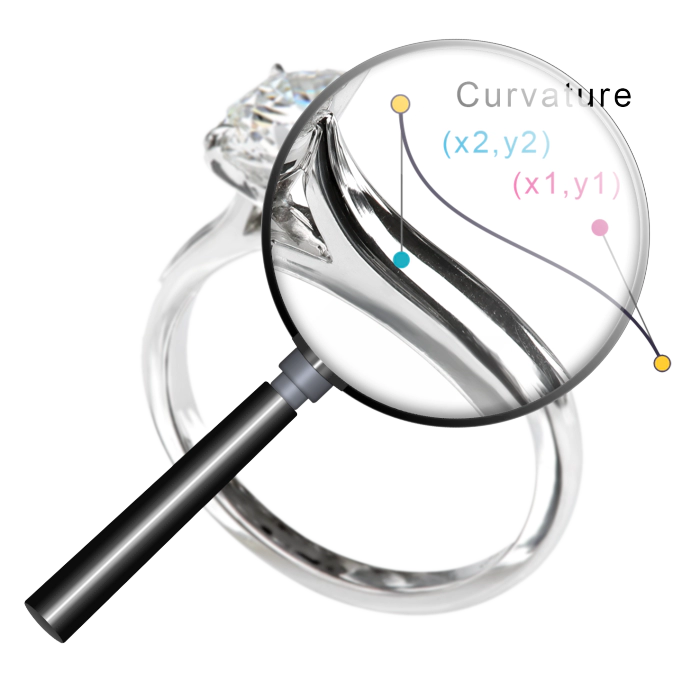
Shoulders
Parts of a shank that are directly attached to the ring’s head. The cathedral shank’s shoulders are split from the base, so the bottom part of the split is connected to a lower gallery and the top part to the upper gallery. The shoulders are often set with diamonds to minimize the appearance of the bare metal.
East-West or North-South
Most center stones are aligned with the finger in a “North-South” direction. The “East-West” rings have the center stone set across the finger. They are less common and better suited for slim, elongated stones. The East-West rings work better with long and relatively flat stones. For the best result, the stone’s length should be roughly equal to the width of the finger.
